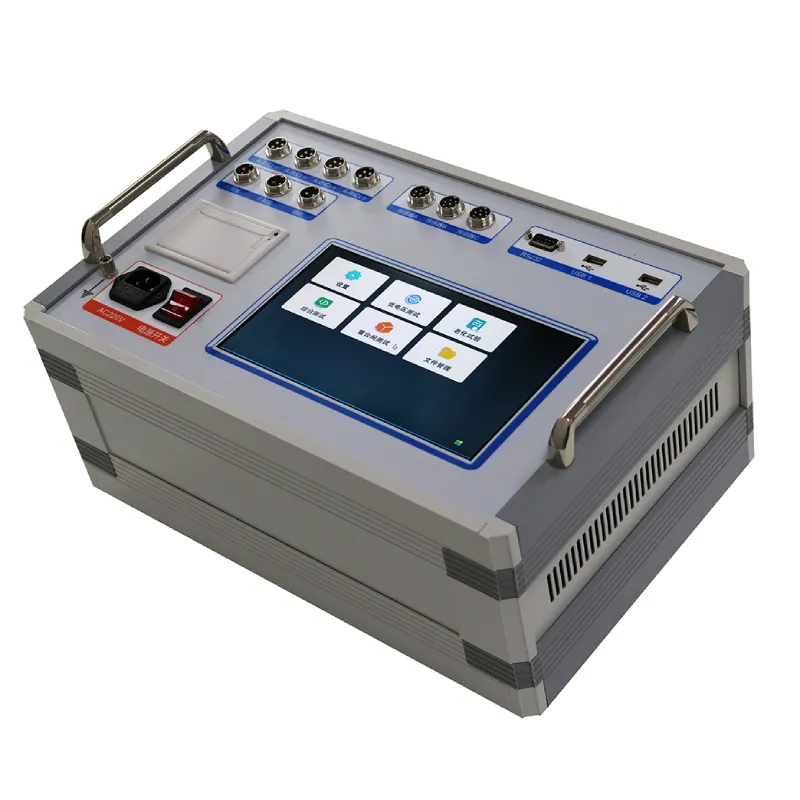 English
English


Hipot Test for 33kV Cable
Understanding Hipot Testing for 33kV Cables
Hipot testing, short for High Potential testing, is a crucial diagnostic procedure used to assess the insulation integrity of electrical cables. Specifically, for 33kV cables, which are commonly employed in medium voltage power distribution systems, hipot testing ensures safety and reliability by detecting potential weaknesses or failures in the insulation material.
Understanding Hipot Testing for 33kV Cables
To commence a hipot test, the 33kV cable is disconnected from its power source and any connected equipment to ensure a safe testing environment. The testing equipment, often referred to as a hipot tester, applies the high voltage across the cable’s insulation while grounding the other side. During the test, the insulation must withstand the voltage without breaking down. If the insulation fails—indicated by a sudden surge of current—the test will signal that the cable is unsuitable for use or requires remedial action.
hipot test for 33kv cable

Conducting a hipot test involves several key considerations. Firstly, the operator must carefully follow safety protocols to prevent accidents associated with high voltage exposure. Additionally, it’s essential to select the appropriate testing voltage based on industry standards. Factors such as the cable's age, environmental conditions, and previous testing results can also influence this decision.
One of the significant advantages of hipot testing is its ability to reveal not only existing faults but also potential future issues. For instance, defects such as voids, cracks, or moisture ingress can be detected, which might not cause immediate failure but could compromise the cable's longevity and reliability.
Despite its many benefits, hipot testing does have limitations. It does not typically provide information about the cable's ongoing operational characteristics. Consequently, while it can identify insulation weaknesses, it cannot assess the overall performance of the cable during regular use. To address this, hipot testing is often complemented by other diagnostic techniques such as insulation resistance testing, partial discharge testing, and time-domain reflectometry to create a comprehensive assessment of the cable’s condition.
In summary, hipot testing for 33kV cables is an essential procedure in electrical engineering, providing a proactive approach to identifying insulation failures before they become serious issues. By ensuring the integrity of the cable’s insulation, this testing method promotes safety and reliability in power distribution systems, ultimately protecting both equipment and personnel from potential hazards.
-
Differences between open cup flash point tester and closed cup flash point testerNewsOct.31,2024
-
The Reliable Load Tap ChangerNewsOct.23,2024
-
The Essential Guide to Hipot TestersNewsOct.23,2024
-
The Digital Insulation TesterNewsOct.23,2024
-
The Best Earth Loop Impedance Tester for SaleNewsOct.23,2024
-
Tan Delta Tester--The Essential Tool for Electrical Insulation TestingNewsOct.23,2024





